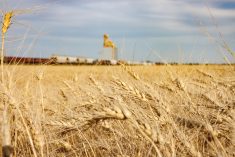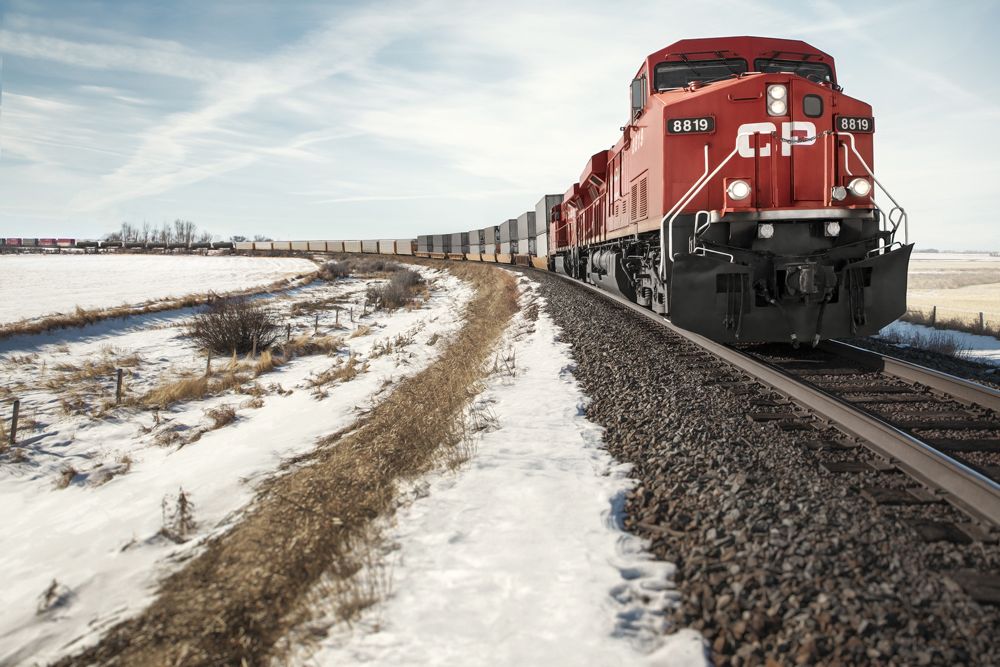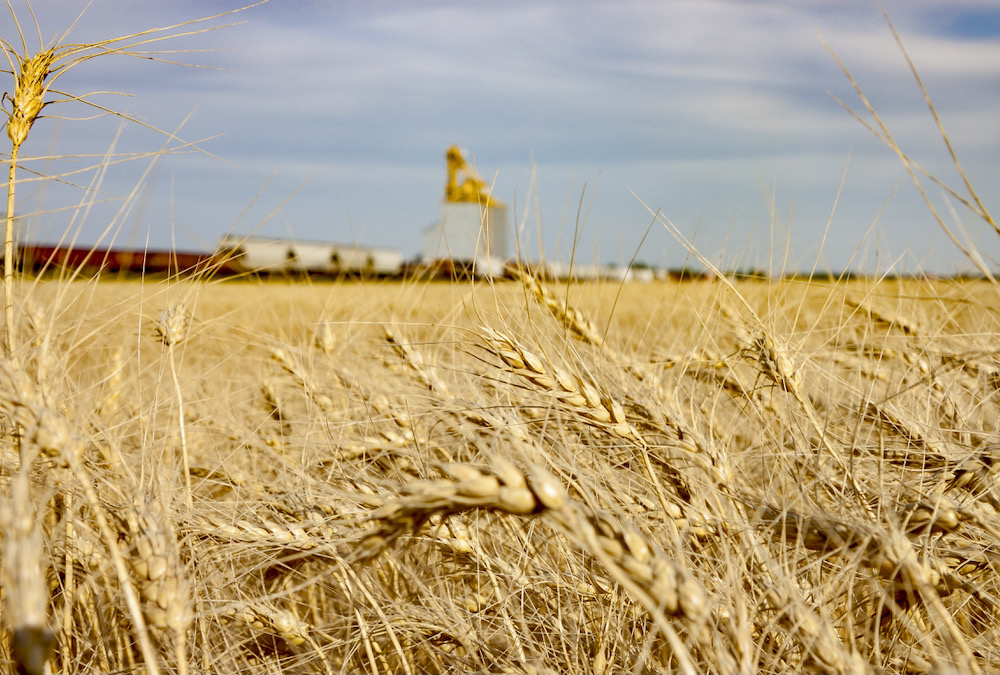Grain companies belonging to the Western Grain Elevator Association (WGEA) introduced grain delivery declarations in 2005 and they have worked generally well, says association executive director Wade Sobkowich.
Declarations had been debated for at least 25 years before as an alternative to kernel visual distinguishability (KVD) — a system that required new wheat varieties destined to one of Western Canada’s milling wheat classes to look like other wheats in the class.
That allowed grain buyers to quickly and cheaply segregate wheat by class through Canada’s bulk grain-handling system, resulting in customers getting consistent-quality wheat.
Read Also

Finally getting paid for sustainable farming?
Alberta project says they might have a line on a workable ecosystem credit model to reward farmers for sustainability, and Manitoba might be next
The downside was KVD was one more characteristic plant breeders had to include in new varieties, making it harder and slower to bring higher-yielding, better-quality milling wheats to market.
But the fear was if KVD was abandoned, unscrupulous farmers would misrepresent high-yielding, lower-quality wheat to get the higher price paid for quality wheat.
For years researchers have been trying to develop a “black box” that could quickly identify wheat by class, or even variety, on the elevator driveway.
In its absence some touted farmer affidavits, or declarations, as an alternative.
The termination of Alsen wheat’s interim registration in 2004 forced the industry’s hand.
Alsen, an American Dark Northern Spring milling wheat, with some tolerance to fusarium head blight, received an interim registration in 2002 making it legal to grow and deliver in Canada.
However, its interim registration was withdrawn when the variety was found to be susceptible to sprouting, resulting in a low falling number.
But by 2004 there was lots of Alsen in the system and no easy way to tell it apart from registered varieties.
A small amount of Alsen mixed with registered varieties had the potential to downgrade a ship of wheat costing the exporter potentially millions of dollars.
Three years later then Agriculture Minister Gerry Ritz unilaterally ended KVD, despite an industry consensus to phase it out.
The system had some time to adjust because the new wheats in the pipeline still looked like wheats in their intended class, allowing KVD to continue de facto.
“We were very concerned at the time,” Sobkowich said in an interview June 18. “We still remain concerned about what we can’t see, and how it can snowball into something that exceeds tolerance for wheats from other classes as wheat moves through the system, because you can’t tell how much you have in there. But by and large we have been able to work with it. I don’t see declarations going away in the foreseeable future, and not until there is rapid testing down the road to replace it.”
There have been a few cases where grain companies started the process to seek damages from farmers who misdeclared the wheat they delivered, he said.
“Those are commercial and individual and I don’t have details on how those went,” Sobkowich said. “So I don’t know how many, or how far down the road towards legal action they went.”
















